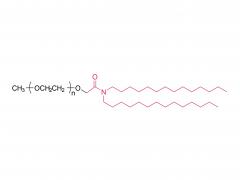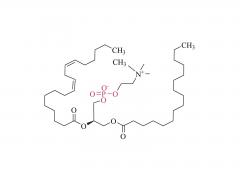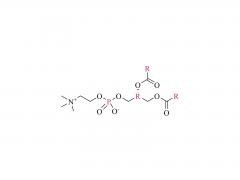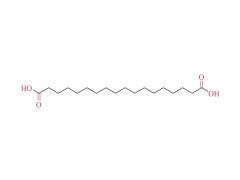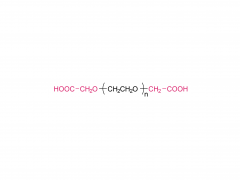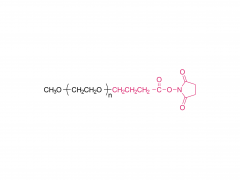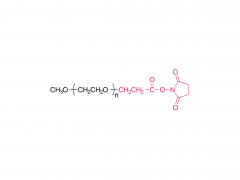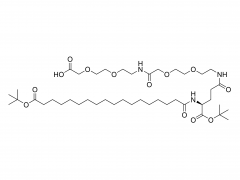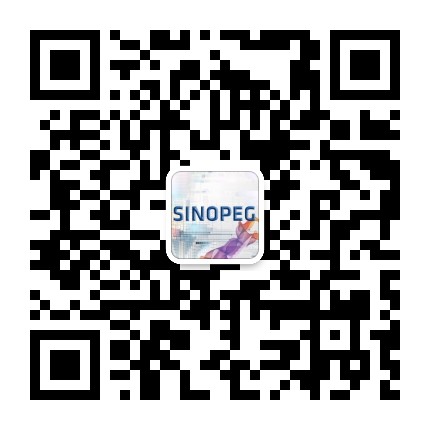mPEG-IAA (methoxy polyethylene glycol iodoacetamide, mPEG-Iodoacetamide) is a functionalized polyethylene glycol (PEG) derivative, which is widely used in biomedical research, drug delivery, molecular labeling, surface modification and other fields. The following is a detailed introduction about mPEG-IAA:
1. Structure and Characteristics
mPEG-IAA consists of the following main parts:
Polyethylene glycol (PEG) segments: Offer excellent biocompatibility, water solubility and low immunogenicity, and enhance the stability and in vivo circulation time of modified molecules.
Methoxy (-OCH₃) terminal: Enhances hydrophilicity, improves solubility, and provides sites for subsequent chemical reactions.
Iodoacetamide (IA) group: A highly reactive functional group that can specifically covalently bind with thiol groups (-SH) to form stable thioether bonds (C-S bonds), making it suitable for the modification of proteins, peptides, and other thiol-containing biomolecules.
2. Physical and chemical properties
Molecular weight range: 350, 550, 750, 1000, 2000, 5000, 10000, 20000, etc. You can choose according to the experimental requirements.
Solubility: Readily soluble in water and common organic solvents (such as DMSO, DMF, THF, etc.).
Storage conditions: It should be frozen at -20°C and kept away from light and oxygen (protected by inert gas).
3. Main Applications
(1) Drug delivery system
By combining the iodoacetamide group with the thiol group of the drug or targeted ligand (such as antibodies, peptides), a targeted drug carrier is constructed to enhance the stability and bioavailability of the drug.
(2) Protein and antibody modification
It is used for PEG modification of proteins (such as antibodies and enzymes) to reduce immunogenicity and extend half-life.
(3) Surface modification of nanomaterials
Introducing PEG chains on the surface of nanoparticles (such as gold nanoparticles and liposomes) reduces the adsorption of non-specific proteins, improves biocompatibility and in vivo circulation time.
(4) Biosensors and molecular capture
It is used for immobilizing biomolecules (such as nucleic acid aptamers and antibodies) to enhance detection sensitivity and stability.







